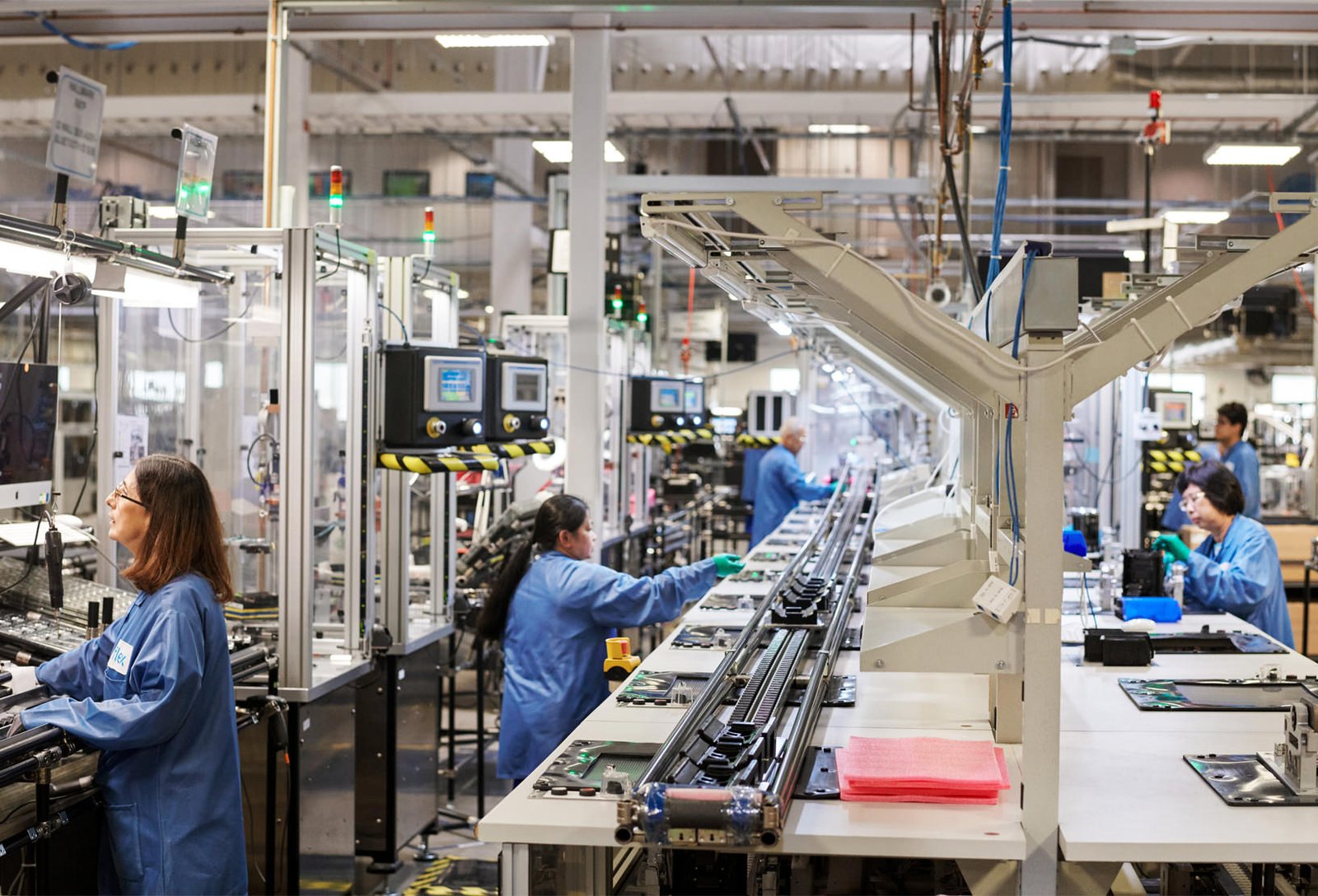TOPLINE
U.S. manufacturing activity grew at a slower pace in June and July as raw material shortages persisted, though there are signs of some easing in supply-chain bottlenecks.
KEY POINTS
- The measure of prices paid by manufacturers, the ISM index of factory activity, and the supplier deliveries index all fell.
- The scarcity of specific input materials, namely semiconductors, makes it difficult for manufacturer.
- Labor force shortage due to the impact of covid-19.
ARTICLE
Manufacturing growth begins to show signs of cooling down
On August 2, the survey from the Institute for Supply Management (ISM) showed a measure of prices paid by manufacturers fell by the most in 16 months, while the supplier deliveries index also continued to fall deeply after reaching a record high in May.
The ISM index of national factory activity in July fell to 59,5 from 60,6 in June and was also the lowest since January. A reading above 50 indicates expansion in the manufacturing sector, which accounts for 11.9% of the US economy. Of which, 17/18 manufacturing industries reported growth in July, including machinery as well as computer and electronic products, with only textile mills reporting a decline.
The ISM survey’s measure of prices paid by manufacturers fell to 85.7 last month from a record 92.1 in June, reflecting a decline in commodity prices. This drop suggests inflation will moderate as supply constraints ease.
Besides, the survey’s measure of supplier deliveries fell to 72.5 from a reading of 75.1 in June, which indicates slower deliveries.

Currently, when half of the population has been fully vaccinated, the US allows people to travel, restaurants and attend sporting events, etc. Government data last week showed spending on services rose sharply in the second quarter, helping lift gross domestic product above its fourth-quarter peak.
Scarcity of raw materials
The ISM survey suggested the supply chain was still a long way from normalizing. Machinery manufacturers said they are having to place orders months ahead of time just to get a place in line.
In the computer and electronics industry, manufacturers reported that purchases continue to have long lead times due to shortages of raw materials. The scarcity of inputs has been well documented in the automobile industry, where a global semiconductor shortage has forced some car makers to idle assembly plants to manage their chips supply.

The ISM survey’s forward-looking new orders sub-index fell for a second straight month. But with inventories at factories very lean and business warehouses almost empty, the moderation in new orders growth is likely to reverse or remain minimal.
Shortage of workforce
Factories also hired more workers in July. A measure of factory employment rebounded, though manufacturers continued to complain about the scarcity of workers. According to Reuters, nonfarm payrolls likely increased by 880,000 jobs last month after rising by 850,000 in June.
The US economy is facing a shortage of workforce, with a record 9.2 million jobs and about 9.5 million officially unemployed.
Lack of affordable child care and fears of contracting the coronavirus have been blamed for keeping workers, mostly women, at home. There have also been pandemic-related retirements and career changes. Republicans and business groups have blamed enhanced unemployment benefits, including a $300 weekly payment from the federal government, for the labor crunch.
The labor shortage is expected to ease in the fall when schools reopen for in-person learning, but a resurgence in new COVID-19 cases, driven by the Delta variant of the coronavirus, could make some people reluctant to return to the labor force.
Hong Dao
FURTHER MORE
Stretched global supply chain means shortages on summer menus













